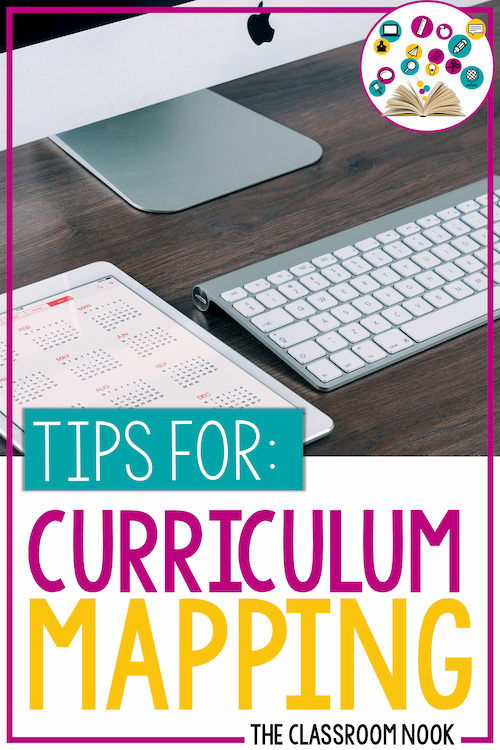Curriculum Mapping Tips for Teachers
Love podcasts? Check out this post in the form of a podcast episode on The Classroom Commute Podcast:

Let's be real.
Curriculum mapping typically conjures up feelings of over-whelm and dread. It's tedious, time consuming, and often confusing.
Now - let's be reeeeally real.
There were several years of teaching that I was flying by the seat of my pants from unit to unit, not knowing what I would be teaching next week, let alone a month down the road. Forget about mapping out the curriculum for my entire year. It just didn't happen. The result? I would get to June and still have several untouched units that I was supposed to teach, but didn't get to, or I just breezed through it so fast that I might as well have not even taught it.
Sounds familiar? If so, then this post is for you.
I think one of the biggest hurdles that teachers have when it comes to curriculum mapping, is getting into the mindset of curriculum mapping. To be successful, you have to focus your mind on the process of curriculum mapping, where to start, and where you want to end up.
I put together a video that I thought would best help you to do just that.
In the video I talk about:
the concept of beginning with the end in mind when it comes to curriculum mapping
using the standards to build your curriculum from the ground up
planning activities to help your students meet the standards
planning assessments around your curriculum
You can check it out below:
One important thing to keep in mind when curriculum planning is to leave room for flexibility. No matter how organized you are, there are always interruptions to the school year. Whether it's a random snow day or two that throws off your schedule, or if you misjudge how long it will take to teach a concept, there will always be adjustments that will need to be made to your curriculum schedule.
You may also find it helpful to jot down notes about individual units and concepts that you teach as you go through the school year to inform future curriculum planning.
